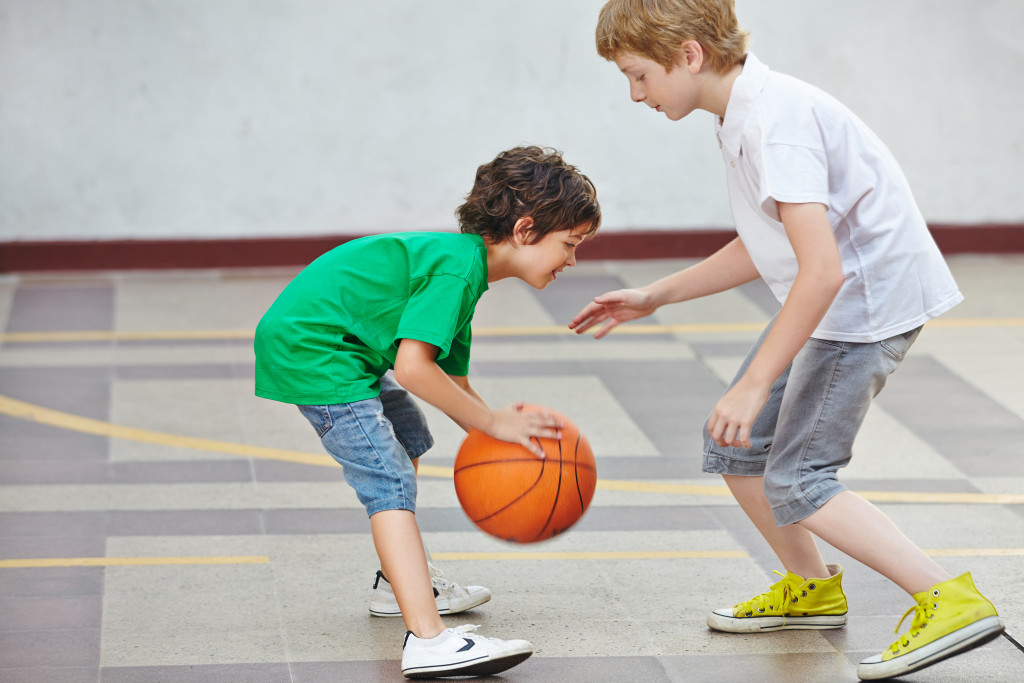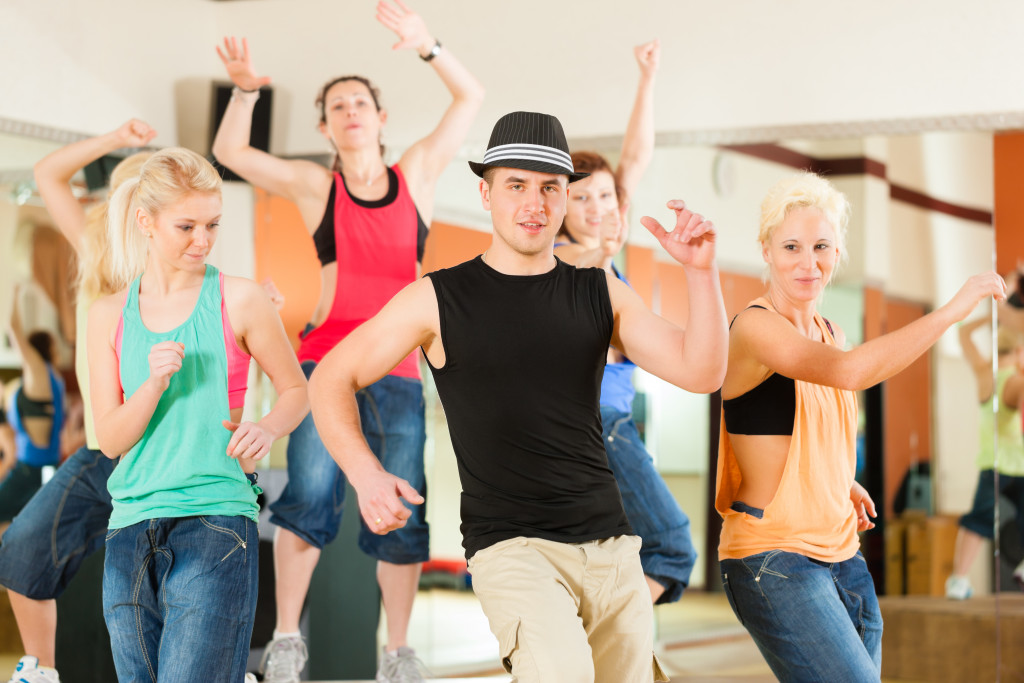- Educators can incorporate physical activity and calisthenics into their lesson plans to promote an active and healthy lifestyle to students.
- Incorporating calisthenics into lesson plans ensures total student involvement, making learning interactive and fun while boosting endorphins and reducing stress.
- Teachers should adapt the curriculum to include calisthenics activities, and movement breaks to improve academic performance and concentration.
- Arranging the classroom layout to accommodate movement helps create an active environment for students to participate in physical activities.
- Teaching approaches like dance camps, outdoor education, sports-infused learning, and yoga/mindfulness foster physical fitness, cross-cultural understanding, and problem-solving skills.
Education has always been associated with being stuck behind a desk or seated for prolonged periods. However, research has shown that this sedentary lifestyle can cause detrimental effects on both our physical and mental health.
The good news is that educators can incorporate physical activity and calisthenics into their lesson plans to promote an active and healthy lifestyle among their students.
Incorporating physical activity into daily routines is crucial because it promotes physical and mental well-being. These activities boost endorphins and reduce stress, keeping students mentally and emotionally grounded.
Active students are also less likely to fall prey to obesity, high blood pressure, and other lifestyle disorders later in life. Additionally, physical activities enable students to build social connections, enhance concentration, and improve memory retention.
This blog post will explore the importance of physical activity in education and how teachers can use calisthenics activities in their classrooms.
Incorporating Calisthenics into Lesson Plans
Calisthenics are power-packed body-weight exercises that improve strength, endurance, and flexibility. Teachers looking to integrate these activities into their lesson plans can consider constructing practices relevant to the subject.
For example, in a history class, students could perform push-ups while reciting historical events. Incorporating calisthenics into lesson plans ensures total student involvement and makes learning interactive and fun.
Adapting Curriculum to Include Calisthenics Activities
Teachers should look for ways to create a curriculum that promotes physical activity. By making education more active and immersive, students look forward to coming to class every day. Teachers should incorporate physical activities in the existing curriculum to encourage active participation.
These techniques can help students to understand essential concepts better, thus improving academic performance.
Identifying Suitable Calisthenics Exercises for Different Subjects
Teachers must be conversant with the different types of calisthenics exercises and how to integrate them into their students’ curriculum. For example, jumping jacks are a perfect warm-up exercise before a physical activity class, while wall sits are great for a break during a math session.
Teachers can research different types of exercises and personalize the routines to suit their lesson plans.
Integrating Movement Breaks and Active Learning Sessions
Leaving students sitting for long stretches is not healthy. Teachers can incorporate five to ten minutes of active learning breaks or movement sessions within a lesson plan.
These breaks could include dancing, stretching, or even a mini-workout to keep students engaged. Teachers can also incorporate movement breaks during exams to ensure students remain alert and focused during the test.

Creating an Active Classroom Environment
Teachers play an integral role in shaping the daily routines of their students. Creating an active classroom environment allows students to participate in physical activities without feeling out of place.
Teachers can achieve this by modifying the classroom’s layout to accommodate movements, such as clearing space in the middle of the class for jumping jacks and lunges.
Arranging Classroom Layout to Accommodate Movement
Incorporating physical activity into the school classroom layout is crucial to promoting an active lifestyle. Teachers can arrange desks and furniture to encourage body motion and make it easy for students to switch between seated and standing positions. Teachers can also make use of standing desks and other flexible seating options.
Incorporating Standing Desks or Flexible Seating Options
Standing desks and flexible seating arrangements such as balance and yoga balls allow students to move around and participate in class activities.
These seating options improve posture and can increase concentration. Teachers should research and consult with school authorities to ensure the smooth implementation of such seating options.
Implementing Movement-Friendly Classroom Rules and Routines
Teachers can establish rules and routines that promote healthy habits among their students. They can encourage students to walk to school, take the stairs, and even move more while playing sports. Teachers can also use physical activity as an incentive to promote positive behavior among their students.
Types of Teaching Approaches
Calisthenics-based teaching techniques take many forms, from dance camps to yoga and mindfulness exercises. Here are some examples of how each approach can benefit students:
Dance Camp
Dance camps incorporate dancing and movement to teach students about different cultures, rhythms, and musical styles. Students learn about teamwork, rhythm, creativity, and coordination while getting physical exercise. Fun dance camps are a delightful and engaging way to introduce students to cross-cultural understanding while promoting physical fitness.
Outdoor Education
Outdoor education encompasses a wide variety of nature-based activities such as hiking, bird-watching, gardening, and tree climbing.
These activities provide students with a hands-on opportunity to learn about science, ecology, and environmentalism. They also encourage physical activity and can help students develop an appreciation for the great outdoors.
Sports-Infused Learning
Sports-infused learning incorporates sports and active games into academic lessons to teach teamwork, strategy, and problem-solving concepts.
For example, a group of students might play a game of soccer to learn about physics, where they can analyze how the force and direction of the ball affect its trajectory. This approach is efficient for students who learn best through hands-on experiences.
Yoga and Mindfulness
Yoga and mindfulness exercises have been shown to reduce stress and anxiety, increase focus and attention, and improve mental and physical health. Introducing students to yoga in the classroom can create a calming and nurturing environment that promotes learning.
Yoga is also an excellent way for students to develop physical strength and flexibility while better understanding their bodies and minds.
Incorporating calisthenics and other physical activities is a great way to promote an active lifestyle among students. Teachers can create a learning environment that facilitates movement, physical activity, and a positive attitude toward exercise.
By slowly integrating these techniques into the curriculum, teachers can make learning more interactive, fun, and engaging for students, ultimately preparing them for lifelong health and success.
